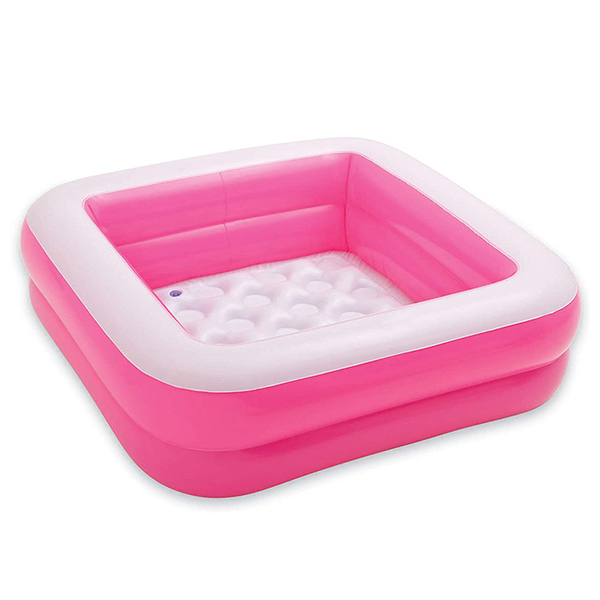Inflatable Pools are durable but not indestructible. Over time, small punctures, seam issues, or valve leaks can cause slow air loss. Detecting and fixing a leak early helps extend the life of your pool. Below are practical methods to find leaks quickly and accurately.
Valves: Inspect around each air valve for hissing sounds or loose seals.
Seams: Examine the stitched or welded edges where leaks are most likely to form.
Surface: Look for visible punctures, scratches, or worn patches on the vinyl.
Inflate the pool fully.
Move your ear close to the surface and listen for faint hissing noises.
Slowly run your hand along the pool’s surface to feel for escaping air.
This is one of the most reliable methods.
Mix a solution of dish soap and warm water in a spray bottle.
Spray generously over seams, valves, and suspected areas.
Watch closely: bubbles will form at the leak point.
If possible (with a kiddie pool or removable air rings):
Submerge one inflated section at a time in a bathtub or large container of water.
Air bubbles rising to the surface will reveal the puncture.
Once you’ve identified the problem area, mark it with waterproof tape or a marker before the pool deflates. This ensures you won’t lose the spot before patching.
Clean and dry the area completely.
Use a vinyl repair patch or kit designed for inflatable products.
Follow manufacturer instructions for adhesive application and curing time.
Always place the pool on a flat, debris-free surface with a protective ground cloth.
Avoid dragging or sliding the pool when inflated.
Do not over-inflate; keep walls firm but flexible.
Store the pool dry and folded loosely in a cool, shaded place.
Finding a leak in an inflatable pool requires patience but is straightforward with methods like the soapy water test or submersion. Once located, repair patches can restore your pool for continued use. With regular checks and proper care, you can extend the lifespan of your inflatable pool and enjoy many more seasons of fun.
